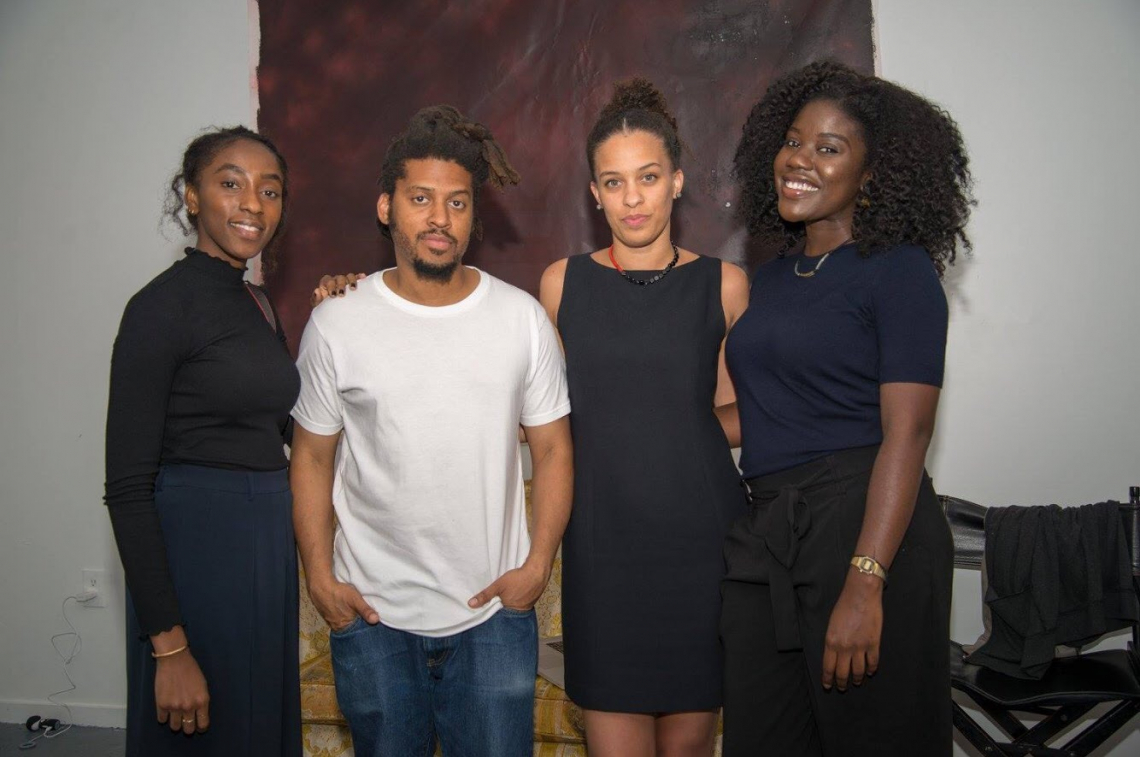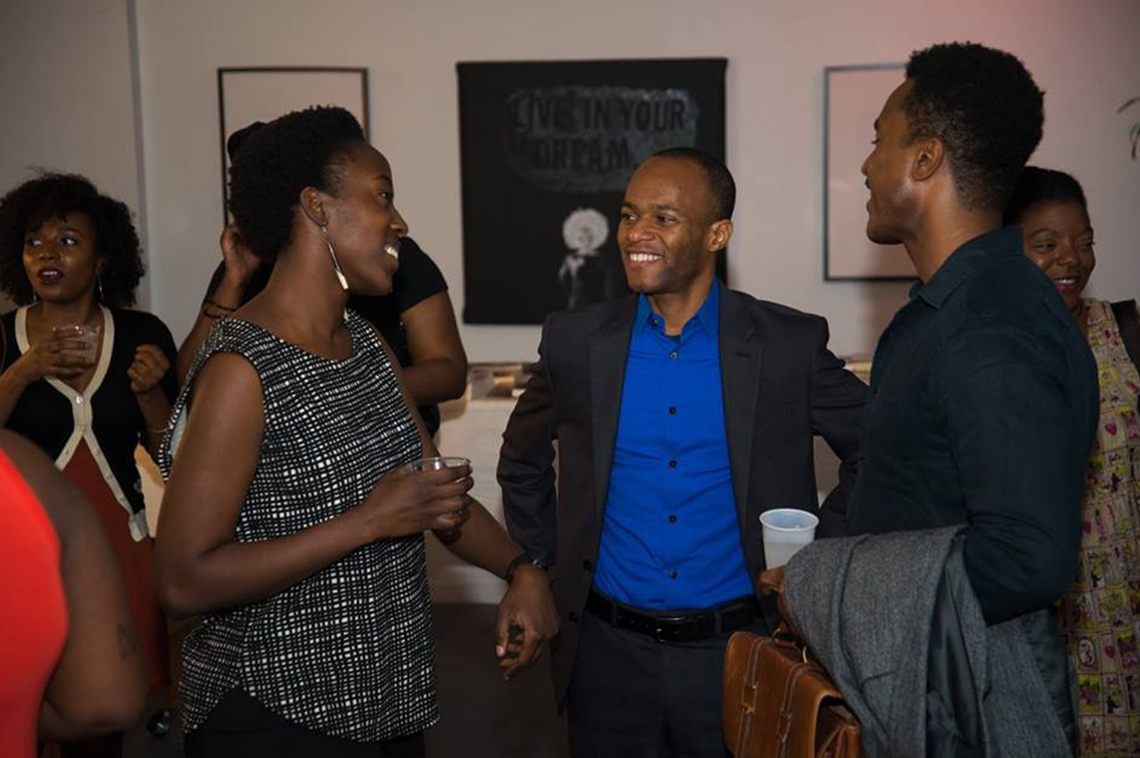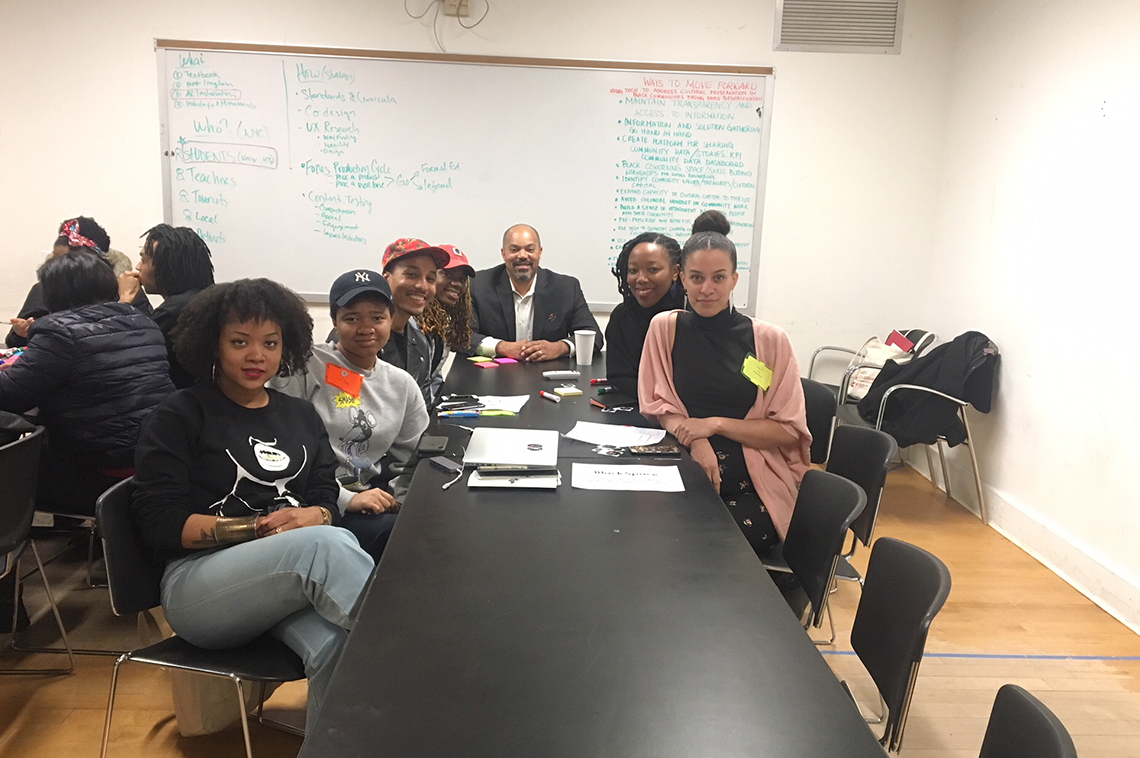


There’s a lot to love about creative placemaking. When urban planning and development initiatives position arts and culture on par with housing, transportation, and other human necessities, they are better poised to improve a community’s quality of life holistically.
Yet what’s sometimes lost in all the excitement over ‘making’ a place is the fact that the place was already there: a place with people, spaces, and culture all its own. That’s why good placemaking projects—especially those happening in marginalized neighborhoods—start with preserving, strengthening, and representing the good things that already exist in it.
This is the ethos of Ifeoma Ebo and Emma Osore in their work with BlackSpace, the NYC-based organization they helped found to position cultural preservation efforts at the vanguard of rapidly gentrifying communities of color.
Ebo, Senior Design Advisor for the New York City Mayor’s Office of Criminal Justice, met Osore, Program Manager at the Arts & Business Council of New York, at the Harvard Black in Design conference in 2015. Soon after, they convened a homemade brunch with other Brooklyn-based designers, architects, planners, and urbanists of color from the event who were concerned about the lack of black voices in city planning (even in black enclaves), and about the loss of black heritage from changing neighborhoods. Almost three years later, BlackSpace has grown to become a multi-city, multi-platform network of young professionals and creative collaborations.
On one level, BlackSpace is a community of practice. “I talk about it as pushing the cannon,” says Osore. “While planning and urban design have affected black people and communities on the neighborhood level, we’re also concerned with how black people are positioned in those professions. We try to speak truth to power, but we also want to make our own things.” Case in point: according to BlackSpace, many social justice workshops were proposed for the American Planning Association (APA) 2017 conference—yet none were accepted. In response, three BlackSpace members organized the concurrent Spaces and Places of Protest. The event was a huge success, and the APA took notice: its 2018 conference will include a social justice track.
On a second level, BlackSpace engages in a neighborhood-based practice to realize its mission on the ground. One of their recent projects involved a 14-week neighborhood history scavenger hunt in Bedford-Stuyvesant with the nonprofit Children of Promise. “We were explicitly talking about black heritage with black children,” says Osore. “We were talking with them about the future of their neighborhood. That’s something that’s not always available.” Another project, with partner organization Made in Brownsville, is employing local young people to identify the neighborhood’s cultural assets and document them: now, ongoingly, and in ways other communities can replicate. The Brownsville project was recently awarded a grant by the J.M. Kaplan Fund.
Given that neighborhoods are sites of constant change, the question of what exactly equitable planning and cultural preservation look like does not have a straightforward answer. “I feel like we’re in the process of defining that ourselves,” Ebo says. “Those of us who have been formally trained in these professions, our training has been very colonial. We have to reconfigure our understanding of planning and engagement, and really look at community members as experts and as ourselves as tools. Our process is not conventional. We’re using some of the old methods, like community meetings, but we really want to turn the process on its head.”
One trope BlackSpace is working to turn around is that of culture itself. Ebo says that in government settings, the word is usually thought of with a capital C: museums, theaters, concert halls—not the places only locals know, like the backyard where a neighbor holds movie nights, or the community center that harbors neighborhood relics. “We want those places to be seen and valued on the same level, and to get the same resources,” says Ebo, “but still to lie in the hands of the people who live there.”
BlackSpace itself takes care to preserve the organization’s own comparatively brief but nonetheless rich heritage: they still host living room brunches on a monthly basis. Members like how such informal meetings help keep the fun and magic in their work. Plus, as Osore says, “It keeps cultural practices at our center. It’s the embodiment of what we, as BlackSpace, are doing.”
See BlackSpace’s website for more information about their members, projects, and upcoming events, including Spaces and Places 2018, happening in New Orleans on April 21.





